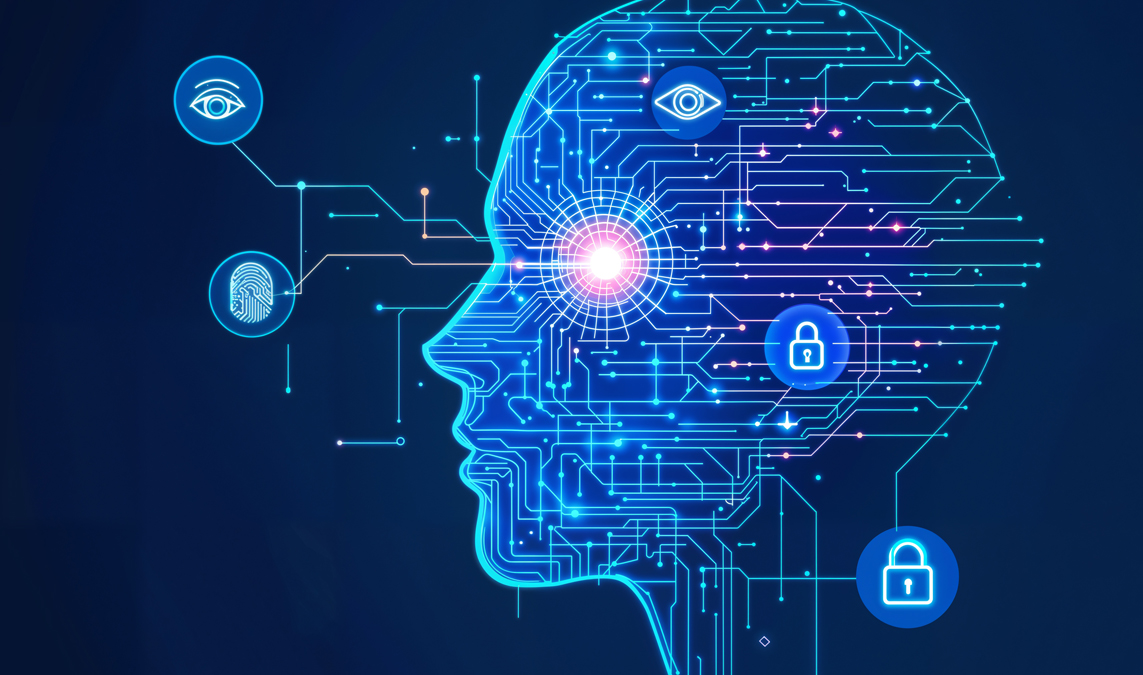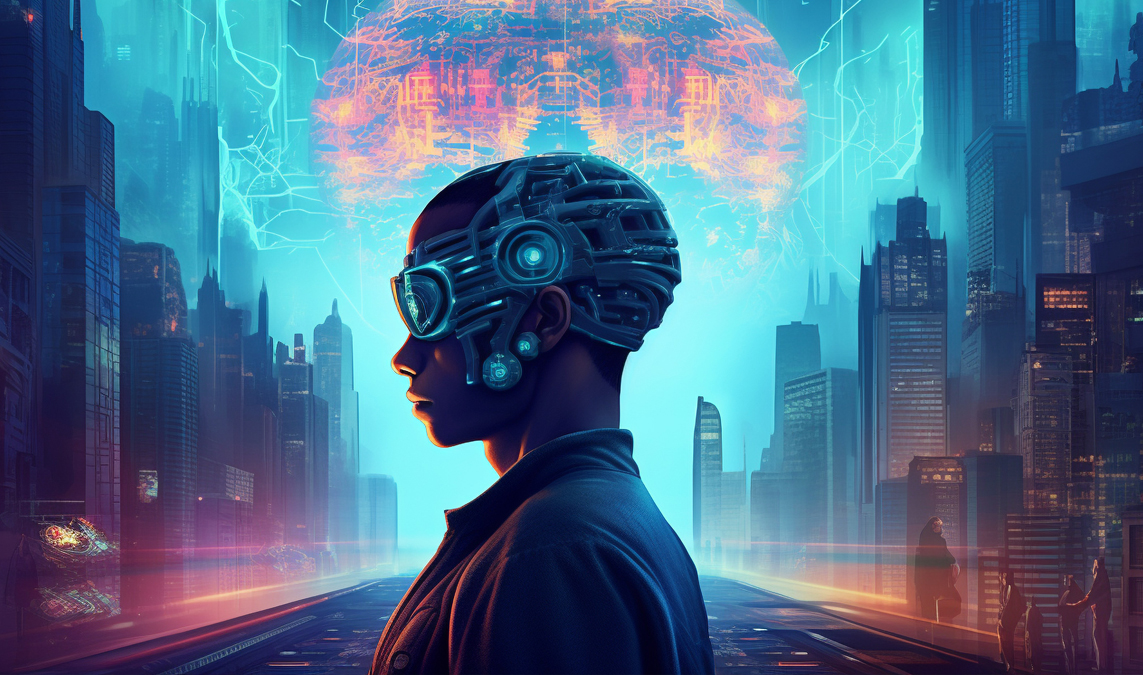Artificial intelligence (AI) has revolutionized how machines interact with the world around them. At the heart of this evolution are intelligent agents, systems capable of perceiving their environment and taking actions to achieve specific goals. To truly understand how AI systems operate, it is essential to grasp the types of intelligent agent in artificial intelligence. Each type has distinct capabilities, uses, and levels of complexity. Moreover, these agents form the foundation of countless applications—from robotics and automation to natural language processing and self-driving vehicles.
What Is an Intelligent Agent in AI?
Before diving into the various types, it’s important to define what an intelligent agent is. In artificial intelligence, an intelligent agent is any entity that can observe its environment through sensors and act upon that environment using actuators. These agents follow a sense-think-act cycle and are designed to make decisions autonomously.
Furthermore, an intelligent agent is not limited to robots or physical entities. It can be software-based, operating within a digital environment, analyzing data, and making decisions accordingly.
Why Are Intelligent Agents Important?
Understanding the types of intelligent agent in artificial intelligence allows developers, researchers, and businesses to tailor AI systems to specific needs. Whether it’s a simple task like automating repetitive actions or something as advanced as autonomous decision-making, choosing the right agent type can significantly affect performance and outcomes.
In addition, intelligent agents help bridge the gap between raw data and actionable results. They bring autonomy, adaptability, and learning capabilities to machines, making AI more than just a tool—it becomes an intelligent collaborator.
The Five Major Types of Intelligent Agent in Artificial Intelligence
AI experts commonly categorize intelligent agents into five types. These categories are based on how an agent functions, learns, and interacts with its environment.
1. Simple Reflex Agents
These are the most basic type of agents. They operate on condition-action rules: if a specific condition is met, the agent performs a predefined action. Simple reflex agents do not store past actions or learn from them.
Example Use Case: A thermostat that turns off heating when a set temperature is reached.
Advantages: Fast response and low computational demand.
Disadvantages: No learning or memory capabilities.
Although limited, simple reflex agents are useful in systems where tasks are repetitive and predictable.
2. Model-Based Reflex Agents
These agents improve on the simple reflex model by maintaining some internal state. This internal representation helps the agent keep track of aspects of the world that may not be immediately visible.
Example Use Case: A robotic vacuum cleaner that remembers room layouts.
Advantages: Better at handling partially observable environments.
Disadvantages: More complex and resource-intensive than simple agents.
These agents improve on the simple reflex model by maintaining some internal state. This internal representation helps the agent keep track of aspects of the world that may not be immediately visible.
3. Goal-Based Agents
Goal-based agents go beyond simply reacting to the environment. They consider future actions and their outcomes in relation to specific goals. These agents evaluate different scenarios and choose actions that move them closer to achieving their objectives.
Example Use Case: GPS systems that calculate the best route to a destination.
Advantages: More flexible and purposeful.
Disadvantages: Require more processing to evaluate potential actions.
This agent type introduces strategic decision-making into AI systems, making them suitable for dynamic problem-solving tasks.
4. Utility-Based Agents
While goal-based agents focus on achieving a goal, utility-based agents take it a step further by aiming for the “best” goal among many. They use a utility function to quantify how desirable a particular state is.
Example Use Case: AI in trading platforms choosing investment options based on risk and return.
Advantages: More nuanced and adaptable.
Disadvantages: Complex to design and compute.
Utility-based agents are crucial in scenarios where multiple solutions exist, and trade-offs must be made between cost, time, risk, and other variables.
5. Learning Agents
Learning agents represent the most advanced type. They can learn from past experiences, adapt to changes, and improve over time without human intervention. These agents consist of four main components: the learning element, performance element, critic, and problem generator.
Example Use Case: Chatbots that get better at conversation with each user interaction.
Advantages: Self-improving and highly adaptable.
Disadvantages: Require large data sets and ongoing training.
This type of intelligent agent is foundational in machine learning and deep learning technologies, where continuous improvement is key.

Real-World Applications of Intelligent Agents
The practical uses of these types of intelligent agent in artificial intelligence span various industries:
Healthcare: Diagnostic AI systems (goal-based and learning agents).
E-commerce: Recommendation engines (utility-based agents).
Manufacturing: Assembly robots (model-based agents).
Customer Service: AI chatbots (learning and utility-based agents).
Transportation: Autonomous vehicles (model-based, goal-based, and learning agents).
Clearly, intelligent agents are not just theoretical concepts. They are integral to many tools and services we interact with daily.
Choosing the Right Type of Agent
Selecting the appropriate type of intelligent agent depends on several factors, including:
Complexity of the task
Need for adaptability
Availability of data
Desired level of autonomy
For simple, rule-based automation, a simple reflex agent may suffice. However, if the task involves decision-making under uncertainty or dynamic environments, more advanced agents like utility-based or learning agents are essential.
Final Thoughts
The types of intelligent agent in artificial intelligence form the building blocks for creating smarter, more responsive AI systems. From simple rule-based tools to adaptive, self-learning algorithms, each type brings unique strengths and limitations.
As AI continues to evolve, understanding these agent types will remain critical for developers, data scientists, and businesses looking to harness AI’s full potential. Not only do they provide a framework for designing intelligent systems, but they also help in anticipating future advancements and challenges in the AI landscape.







